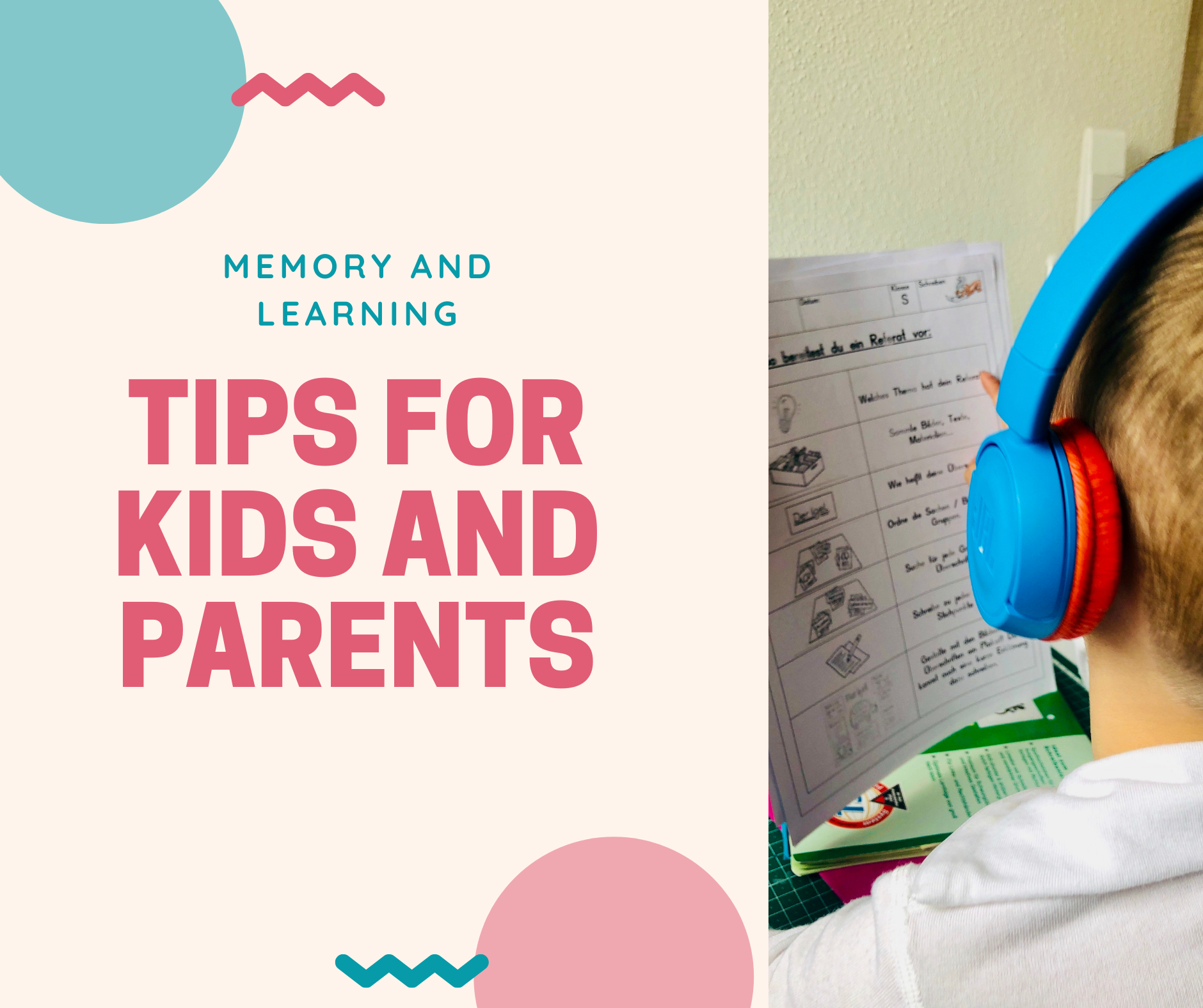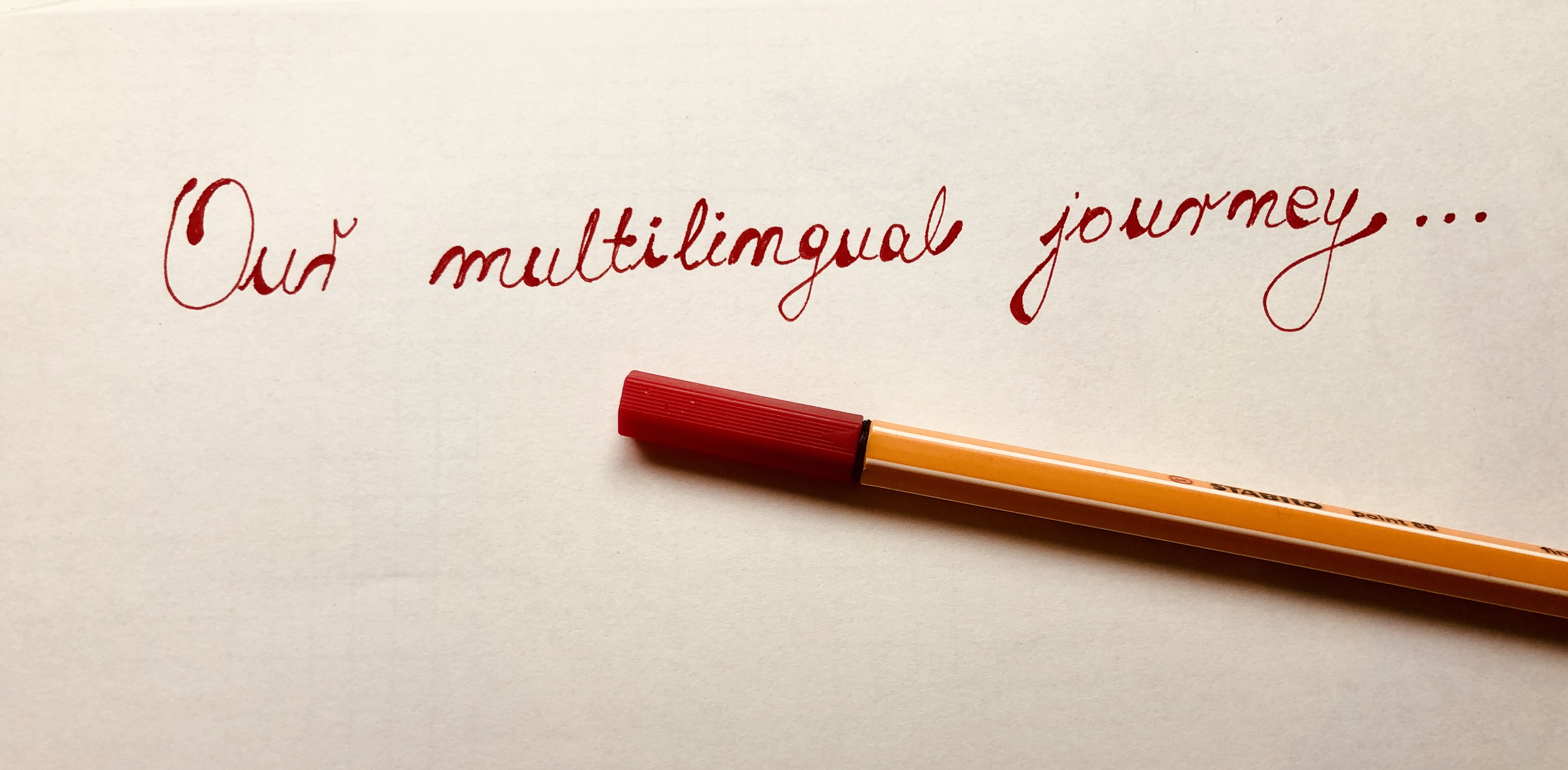What Happens with Minority Languages? – Theory and Practice

Raising children is challenging. And when parents speak a language that is different from the surrounding, parenting can become even more demanding. So, when a family speaks Croatian, but lives in Germany, Croatian is the minority language. For our family, at least for us, the parents, Croatian is the mother tongue. This is the language which a person has grown up speaking from early childhood. On the other hand, German is the majority language. Now, if you read our post on learning about spring-blooming plants, you might be familiar with the words "narcis", "zelenkada", "Narzisse" and "daffodil". All of these mean the same plant, just in different languages we speak.

However, Einstein E had no idea what his grandma was talking about when she said "zelenkada", which is the word in our minority language Why? Because he knew the word "Narzisse", which is in German - the majority language. Once he learned the word in Croatian, he could tell his grandma everything he learned about this plant. You can also learn something about it here :)
Before describing what happens with our mother tongues, here are a few interesting facts:
- Chinese is the most commonly used language, followed by Spanish.
- The Bible is the most translated book in the world.
- There are 6 fictional languages that have been developed into fully functioning living languages, some even by linguistic professionals and professors and that you can actually learn. These are: Klingon (Star Trek), Elvish (Tolkien series), Dothraki (Game of Thrones), Alienese (Futurama), Lapine (Watership Down), and Na’vi (Avatar).
My kids are so (un)lucky to have a mum who likes to think of herself as a researcher. This means that I record some of their conversations, analyse the language they use, their interactions, and, with some help of fellow researchers, try to figure out why certain things happen. Sometimes, this process goes the other way round – first, I read something someone much smarter than me wrote about the topic, and then I try to see how this applies in our case. This is how I got to read about minority languages always losing to a majority language. The topic was fascinating to us – our home language is Croatian, and we live in Germany. Also, Einstein E and Power P often hear and learn English. And I wondered, is this going to be the faith of our minority language as well?
As we know, there are all kinds of possible language combinations within a family.
Let’s say that Y is the minority language (in our case, it is Croatian).
X is the majority (in our case, it is German).
Parent 1 speaks | Parent 2 speaks |
Y | Y |
X and Y | Y |
X and Y | X and Y |
X | Y |
X and Y | X |
At the time, I thought that we were “safe”, we spoke almost exclusively in Croatian (this is the first row in the table), the boys had a rich input, and it was their dominant language. So, no chance for German to take over. And then, I started observing it a bit more closely.
Now, the research[1] says that the minority language shows a decline in use across generations in favour of the majority language. In other words – the majority language always wins. Let’s see if this was the case in our family.

These colours (green, blue, yellow) represent the languages Einstein E and Power P speak.
Green - Croatian
Blue - German
Yellow - English
At the beginning of the research, when they were four years old, most of their conversations were green, which means – Croatian. In contrast, German (blue) was not their preferred language. And English (yellow) varied. Then, in December (see 12 and 01 on the X) we went to Croatia on holidays. After we got back, things changed. Almost overnight, German took over. From April on (04 on the X), the boys started playing and speaking to each other in German. However, when they spoke with us, they used Croatian. Why? Because, as they blatantly explained to us, our German was not as good as theirs. And it was very time-consuming for them to explain everything to us. Hence, it was easier for them to simply speak in Croatian when we were a part of their conversations.
Now, a year later, these numbers speak in favour of German even more.
It seems like we add to the number of families whose kids find it more and more difficult to speak in the minority language.
This change in language preferences often causes some parents to feel disappointed or frustrated. But isn’t it completely normal and expected if we consider that our kids are getting more input in the majority language? Their friends speak in the majority language. They learn and study in the majority language.
On the other hand, these facts are not the reason for you to give up and give in. The more engagement the child has with the minority language, the greater their likelihood of using it. Here are a few ideas to increase this input:
- talk. talk. talk. (even if you sound like a broken record)
- sing
- play
- read in your mother tongue
- visit the country where the language is spoken (Ok, don’t travel during the corona pandemic) or have family members speak to your kids in the minority language.
For more ideas, click here.
Finally – do your best, but don’t despair if it turns out to be a step forward and two steps back. It’s cha-cha-cha. It’s life with languages.
[1] For more research, see:
- De Houwer, A. (2007). Parental language input patterns and children’s bilingual use. Applied Psycholinguistics 28 (2007), 411–424
- De Houwer, A. (2011). Language input environments and language development in bilingual acquisition (221-240). In: Li Wei, Applied Linguistics Review 2. Walter de Gruyter GmbH & Co. KG: Berlin.

